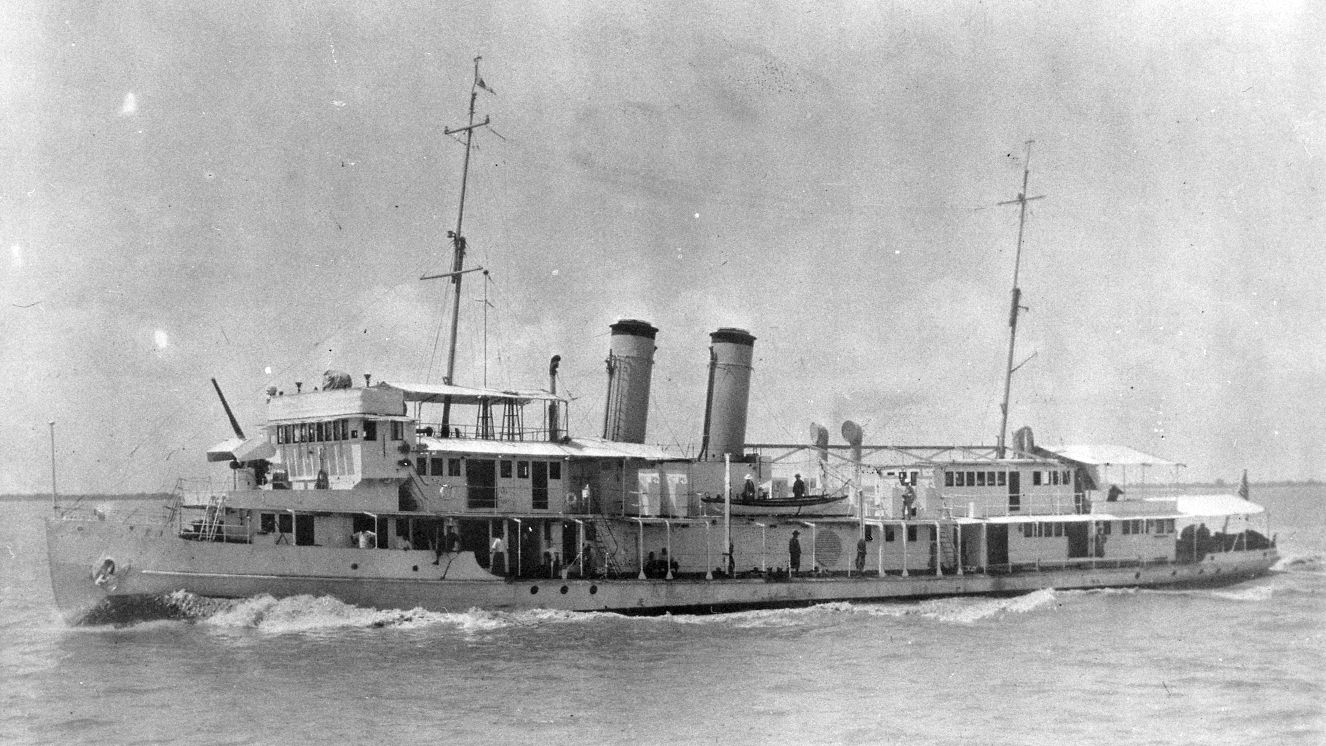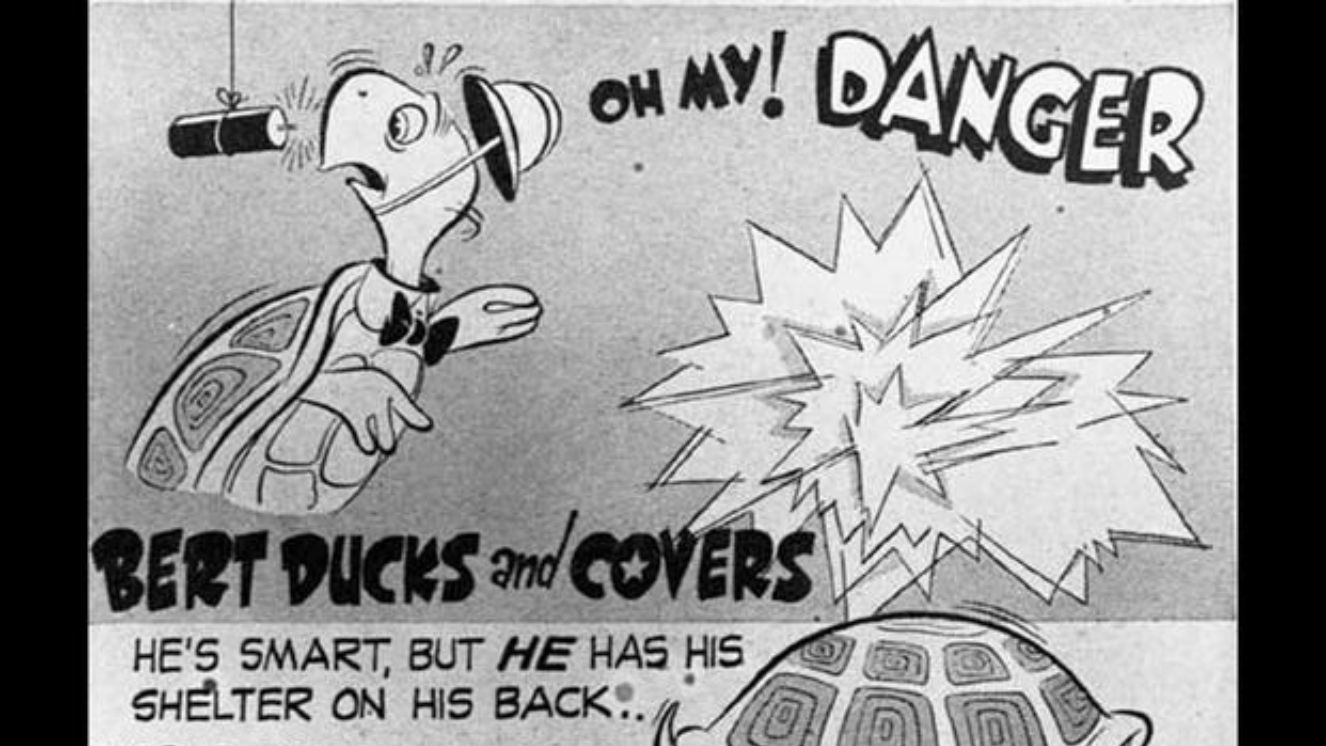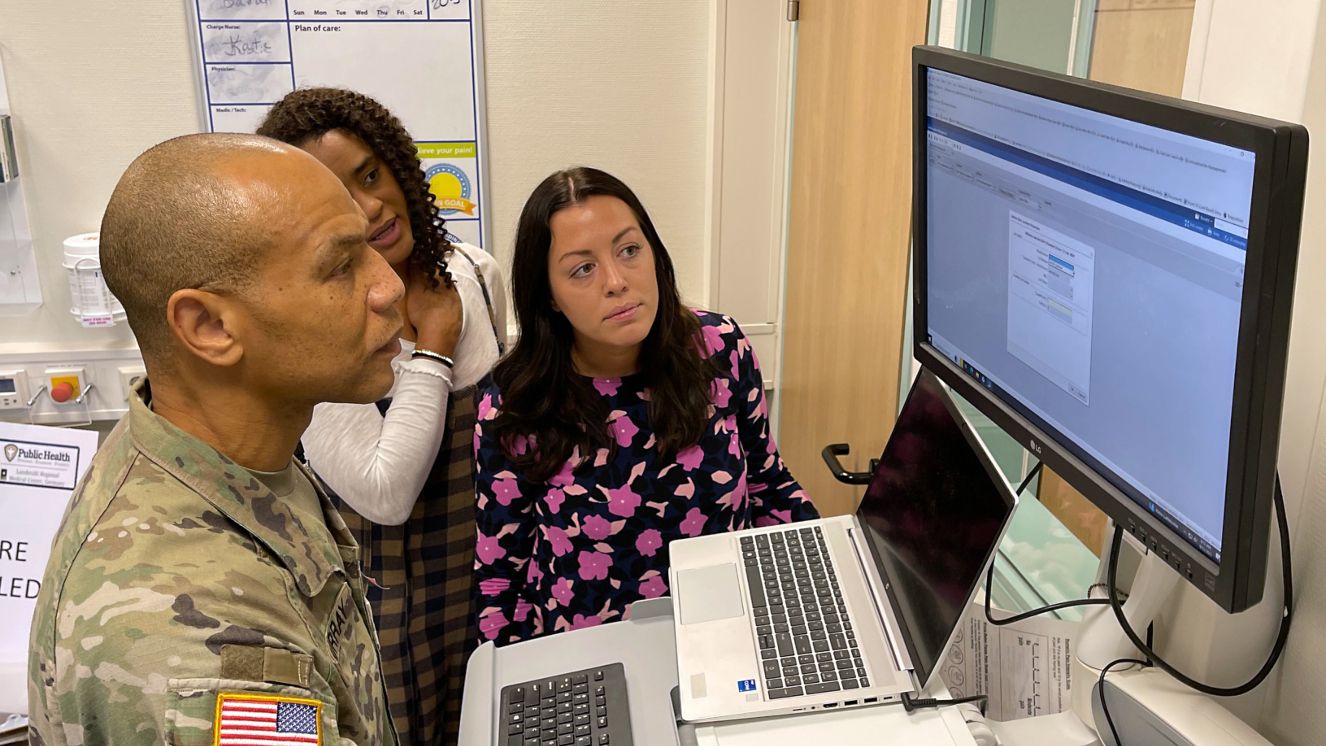THE NATO RESPONSE FORCE HAS BEEN ACTIVATED, HERE’S WHAT IT DOES

For the first time in history, the NATO Response Force has been activated and stands ready to strike if necessary. But what does that mean for America, Europe, and the Russian-Ukrainian conflict? More like this:Ukraine and Russia WWI Treaty Casts Large Shadow Amid Current Crisis
Did NATO Activate Response Force?
Yes, the North Atlantic Treaty Organization (NATO) has activated the NATO Response Force following Russia’s invasion of Ukraine. The move comes amid uncertainty involving the conflict and the concern that the Russian military could become involved in conflict with other European nations, including NATO members. Since its formation in 2003, this marks the first time that the NRF has been activated, making this a notable move from the normal order of things. The activation of the NATO Response Force means the U.S. is ready to provide forces should they become necessary. Speaking on the matter, Pentagon Press Secretary John F. Kirby had this to say: “There's a historic nature to all this. This is the first time that the alliance has employed these high readiness forces in a deterrence and defense role. So it's not an insignificant move by the alliance." Kirby would go on to explain that there are now at least 12,000 military members on "prepare-to-deploy orders" for potential missions and unilateral operations that could become necessary. "The department has placed a range of multi-mission units in the United States and Europe on a heightened preparedness to deploy, which increases our readiness to provide for the U.S. contributions to the NRF on a shorter tether than what we could do before," said Kirby. "We stand ready if called upon by NATO to support the NRF in defense of the alliance, and will absolutely do that," he continued. Even if the U.S. maintains the Biden administration’s stance of not sending troops to directly fight in the war, American troops could be called to help fortify forces in NATO countries and conduct similar missions with partnering nations.
What Is NATO Response Force?
The NATO Response Force is a high-readiness force that can deploy rapidly while other forces are being assembled. It is comprised of multiple units that can conduct combat on multiple fronts, including land, air, and sea. The NRF also contains special forces units. There are three main functions of the NRF:
- Assisting with disaster relief and helping secure critical infrastructure.
- Rapid defense response that allows the NRF to deploy before other units can arrive.
- Crisis management and operations for supporting peace.
The Supreme Allied Commander Europe (SACEUR) controls this unit with NATO's two Joint Force Commands (JFC) rotating operational command of the NRF every year. No matter which JFC is in command, however, both are on permanent standby and ready to help lead the NRF as necessary. In many ways, the NRF is a QRF (Quick Reaction Force) military operation helping NATO allies maintain an emergency line of defense based on readiness.
NATO Activates Response Force, but Don’t Panic Just Yet
The NATO rapid response force being activated is a larger step than usual for the organization, but there is still no reason to be overly alarmed. Part of the reason NATO conducts its annual exercises is to prepare troops for such an occasion. There are even standards that dictate exercises are conducted to make sure that military forces are ready for such scenarios. Secondly, NATO forces are bolstering their defenses, but so far, no NATO members have been attacked by Russia or any other threat. While there are better periods of normalcy to point to throughout history, the conflict between Russia and Ukraine hasn’t spilled over into neighboring countries that would trigger a response from NATO. And finally, while it’s difficult to tell how all of this might end, the overall theme of reinforcing borders has reached far beyond NATO members following the Russian invasion. There are now calls for increases in defense budgets. Military budgets surpassed $2 trillion globally, with the figure expected to rise higher due to the situation in Europe. The way things are going, there are many variables left to watch. Everything from Russia doubling down to exiting Ukraine in defeat is all on the table. But if there’s one thing that’s for sure, it's that the NATO Response Force is ready for any threats and can respond immediately and effectively against threats that compromise peace for its members. Read next:The 29 U.S. Allies of NATO
Image: Sgt. Meleesa Gutierrez/Army
BY BUDDY BLOUIN
Buddy Blouin is a Contributing Writer at VeteranLife.com
Buddy Blouin is a Contributing Writer at VeteranLife.com



